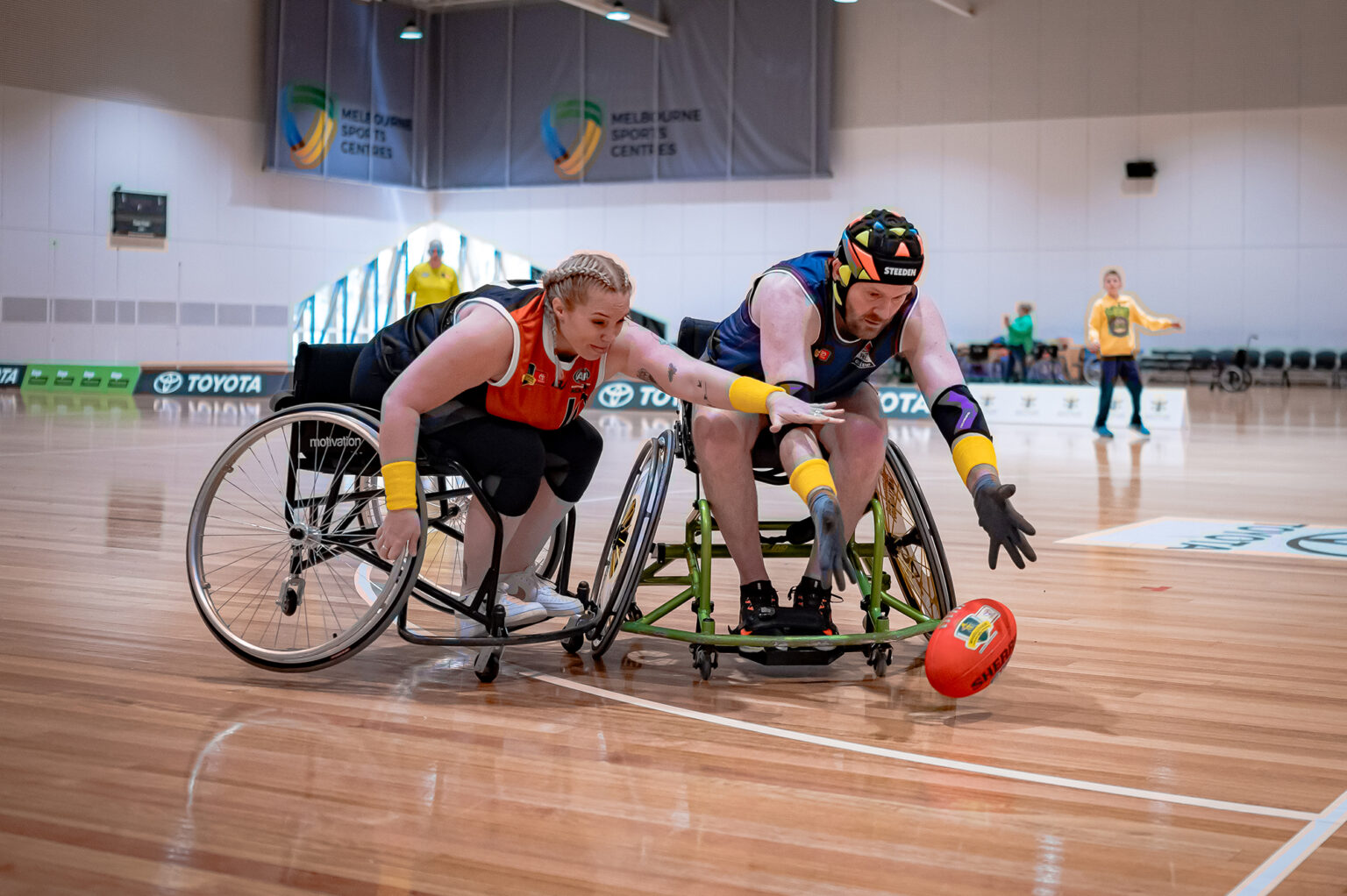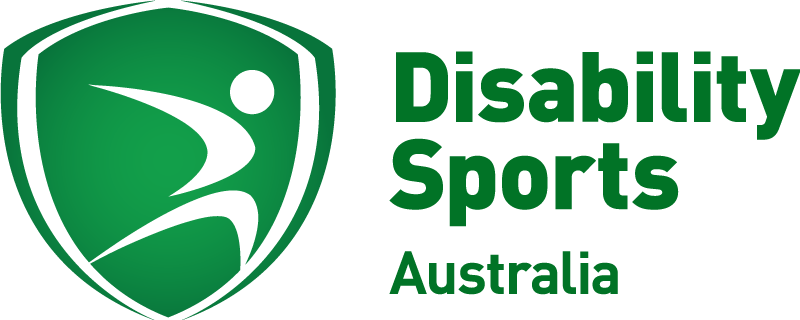Introduction
Para-Athletics was founded in 1952 and has been part of the Paralympic Games since 1960. Always attracting the highest number of spectators, the sport offers a wide range of competitions and events and is open to male and female athletes in all impairment groups.
Athletes compete according to their functional classification in each event. Some compete in wheelchairs and some with prostheses, while those who are visually impaired receive guidance from a sighted guide.
Athletes can compete in both track and field events.
How to participate
in athletics
Athletics consists of multiple disciplines within the sport and as such has rules for each discipline.
The competition and technical rules are mandated by World Athletics. All other organisations (Little Athletics, Para Athletics and Masters) have modifications to these rules.
Wheelchairs, prosthetic devices, rope tethers for visual impairment or other approved assistance are all considered to be equipment in track and field events, and can all be modified to suit the para-athletics environment.
The sport has an unlimited age-span, and is available to all those who wish to get involved.
Who can participate
in athletics
Impairment Type
There are a range of disability groups that are eligible to compete in para-athletics. These disability groups are separated into classifications to ensure fair competition. The classification groups are as follows:
- Hearing Impairment
- Vision Impairment
- Physical Impairment
- Athletes with a transplant
- Intellectual Impairment
Classification
Each Athlete is classified based on their functional ability, in order to keep a level playing field. In Athletics the sport class consists of a prefix “T” or “F” and a number. The prefix T stands for “Track” and F stands for “Field.” It indicates for which events the sport class applies, either for track or for field events.
The classification groups are as follows:
- Athletes that are Hard of Hear or Deaf: T/F 01
- Athletes with a vision impairment: T/F 11-13
- Athletes with an intellectual impairment: T/F 20
- Athletes with a physical impairment: T/F 31-38, T/F 40-47, T 51-54, F 51-57, T/F 61-64
- Athletes with a Transplant: T/F 60
- Race Running Athletes: RR1, RR2, RR3
How Do I Get Classified?
In order for an athlete to be classified they must first register as a member with their local association. The athlete will then demonstrate the skills and movements required to compete in athletics and these will be assessed by approved classifiers who will determine the most appropriate class. Other factors including the athlete’s medical history are also taken into account during classification.
Where can you participate
in athletics

Athletics
Athletics Australia
+61 3 8646 4550
State/Territories
New South Wales
Athletics NSW
+61 2 9746 1122
Queensland
Queensland Athletics
+61 7 2111 5135
South Australia
Athletics South Australia
+61 8 8354 3477
Victoria
Athletics Victoria
+61 3 8646 4500
Western Australia
Athletics Western Australia
+61 449 869 414
Northern Territory
Athletics NT
+61 8 8945 1979
Tasmania
Athletics Tasmania
+61 3 6234 9551


